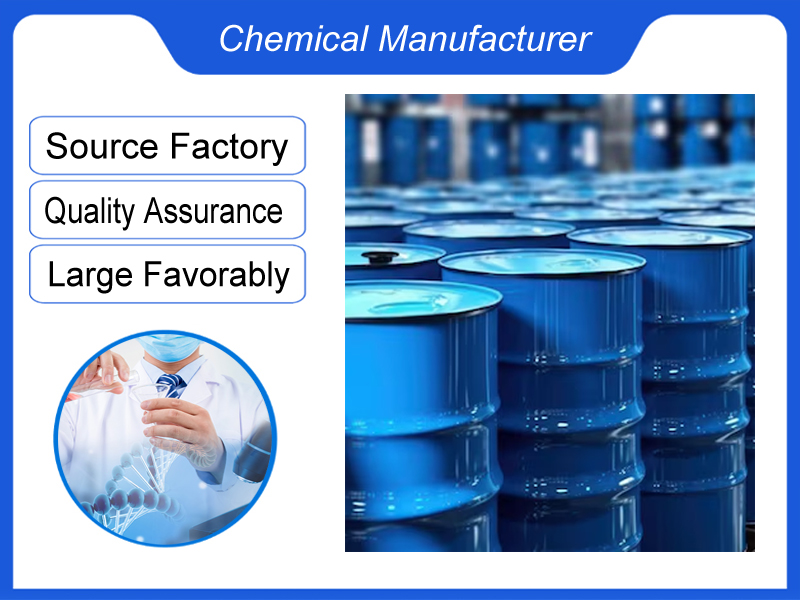
benzyl chloride
We are a manufacturer based in China. We specialize in providing high-quality benzyl chloride for industrial clients across various sectors. Whether you need chemicals consultation or technical support, our team is here to help.
Category:Paint chemicals Own Brand:MT /MOQ:100KG /From China/ B2B only.
Introduction
Transparent liquid with unpleasant irritating odor.
Molecular Formula: C7H7Cl, Molecular Weight: 126.58.
CAS No.: 100-44-7
Packing: 200kg/plastic drum
Storage: Store in cool and ventilated warehouse, away from fire and heat source; prevent from direct sunlight; separate effectively from oxidizing agent and alkali.
Transportation: Handling should be light, to prevent damage to packaging and containers, not easy to transport in rainy days. Pay attention to personal protection in the packing and handling operation. Transportation should follow the specified routes, do not stay in residential areas and densely populated areas.
Names and Identifiers
| Name | Benzyl Chloride |
| Synonyms | ai3-15518 Tolyl chloride ω-Chlorotoluene α-Chlorotoluene A-CHLOROTOLUENE Benzyl Chloride AKOS BBS-00003953 alpha-Chlortoluol ALPHA-CHLOROTOLUENE alpha-tolylchloride alpha-chloro-toluen (Chloromethyl)Benzene (chloromethyl)-benzen 1-Chloromethylbenzene (chloromethyl)-Benzene 1-Chlorome-thylbenzene |
| CAS | 100-44-7 |
| EINECS | 202-853-6 |
| InChI | InChI=1/C7H7Cl/c8-6-7-4-2-1-3-5-7/h1-5H,6H2 |
100-44-7 – Physico-chemical Properties
| Molecular Formula | C7H7Cl |
| Molar Mass | 126.584 |
| Density | 1.08g/cm3 |
| Melting Point | -39℃ |
| Boling Point | 179.4°C at 760 mmHg |
| Flash Point | 73.9°C |
| Water Solubility | 0.3 g/L (20℃) |
| Vapor Presure | 1.28mmHg at 25°C |
| Refractive Index | 1.527 |
| Physical and Chemical Properties | Colorless transparent liquid, flammable. Melting Point -39.2 ℃, boiling point 179.4 ℃,99 ℃(8.27kPa),66 ℃(1.47kPa), relative density 1.1002(20/20 ℃), refractive index 1.5392, an explosive mixture is formed with air with an explosion limit of 1.1%-14% by volume and a flash point (open cup) of 60 °c. Soluble in ether, alcohol, chloroform and other organic solvents, insoluble in water, but can be volatilized with water vapor. With a strong pungent odor, there is a tear |
| Use | Organic synthetic intermediates, widely used in medicine, pesticides, spices, dyes, synthetic resins and so on. |
100-44-7 – Risk and Safety
| Hazard Symbols | T – Toxic |
| Risk Codes | R22 – Harmful if swallowed R23 – Toxic by inhalation R37/38 – Irritating to respiratory system and skin. R41 – Risk of serious damage to eyes R45 – May cause cancer R48/22 – Harmful danger of serious damage to health by prolonged exposure if swallowed. |
| Safety Description | S45 – In case of accident or if you feel unwell, seek medical advice immediately (show the label whenever possible.) S53 – Avoid exposure – obtain special instructions before use. |
| UN IDs | UN 1738 |
100-44-7 – Introduction
Chlorobenzene is an organic compound with the chemical formula C7H7Cl. It is a colorless and transparent liquid with a special aromatic odor. Benzyl chloride is mainly used as a solvent and chemical intermediate, and is widely used in fields such as organic synthesis, coatings, dyes, insecticides, and polymers.
Benzyl chloride is widely used in industry. It is mainly used in the fields of pesticides, medicines, fragrances, dye additives, and synthetic additives. It is used to develop and produce benzaldehyde, butyl benzyl phthalate, aniline, phoxim, Benzylpenicillin, benzyl alcohol, phenylacetonitrile, phenylacetic acid and other products. Benzyl chloride is a kind of benzyl halide irritating compound. In pesticides, it can not only directly synthesize organophosphorus fungicides rice blast net and different rice blast net, but also can be used as an important raw material for many other intermediates, such as synthesis of phenylacetonitrile, Benzoyl chloride, m-phenoxybenzaldehyde, etc. In addition, benzyl chloride is widely used in medicine, spices, dye additives, synthetic resins, etc. Then the waste liquid or waste produced by the enterprise in the production process inevitably contains a large amount of benzyl chloride intermediate.
Nature
| melting point | -39 °C |
| boiling point | 179 °C |
| density | 1.1 g/mL at 25 °C(lit.) |
| vapor density | 4.36 (vs air) |
| Vapor pressure | 10.3mm Hg ( 60 °C) |
| refractive index | n20/D 1.538(lit.) |
| flash point | 165 °F |
| storage conditions | Store below +30°C. |
| solubility | soluble0.46g/L at 30°C (Decomposes in contact with water) |
| morphology | Liquid |
| color | Clear colorless to slightly yellow |
| Odor | Pungent, irritating. |
| explosion limit value (explosive limit) | 1.1-14%(V) |
| water solubility | 0.3 g/L (20 °C) |
| Merck | 14,1129 |
| BRN | 471308 |
| Henry’s Law Constant | (x 10-4 atm?m3/mol): 3.57 at 20.00°C (inert gas stripping, Hovorka and Dohnal, 1997) |
| exposure limit | TLV-TWA 1 ppm (~5mg/m3) (ACGIH, MSHA, and OSHA); IDLH 10 ppm (NIOSH); carcinogenicity: Animal Limited Evidence, Human Inadequate Evidence (IARC). |
| stability | Unstable – inhibitors such as propylene oxide or trimethylamine are usually added to prevent polymerization. Combustible. Incompatible with strong oxidizing agents, water, acids, most common metals, dimethyl sulfoxide. Above flash point vapour-air mixtures are explosive within the limits noted above. Contact with water produces toxic fumes. |
| InChIKey | KCXMKQUNVWSEMD-UHFFFAOYSA-N |
| NIST chemical information | Benzyl chloride(100-44-7) |
| (IARC) Carcinogen Classification | 2A (Vol. 29, Sup 7, 71) 1999 |
| EPA chemical information | Benzyl chloride (100-44-7) |
Toxicity
| category | toxic substances |
| toxicity classification | Poisoning |
| acute toxicity | oral-rat LD50: 1231 mg/kg; Oral-mouse LD50:1500 mg/kg |
| explosive hazard characteristics | It can be explosive when mixed with air; it reacts violently with oxidants and explodes in the presence of metals; it has a corrosive effect on the skin, eyes and mucous membranes; |
| flammability hazard characteristics | Open flame is combustible; it reacts with water and oxidant to generate toxic corrosive gas hydrogen chloride; high heat decomposes toxic chloride gas |
| storage and transportation characteristics | The warehouse is ventilated and dry at low temperature; stored separately from oxidants and food additives |
| fire extinguishing agent | dry powder, foam, carbon dioxide, sand |
| occupational standards | TWA 1 5 mg/m3; STEL 2 11 mg/m3 |
100-44-7 – Security information
| dangerous goods mark | T,T |
| hazard category code | 45-22-23-37/38-41-48/22-43-26-46 |
| safety instructions | 53-45-36/37/39-28-26-36/37 |
| dangerous goods transport number | UN 1738 6.1/PG 2 |
| WGK Germany | 3 |
| RTECS number | XS8925000 |
| F | 8-19 |
| auto-ignition temperature | 585 °C |
| TSCA | Yes |
| HazardClass | 6.1 |
| PackingGroup | II |
| customs code | 29039990 |
| toxic substance data | 100-44-7(Hazardous Substances Data) |
| Toxicity | LD50 orally in Rabbit: 440 mg/kg |
If you're ready to take the next step, Leave your message below and we’ll reply soon. 20+ years of chemical manufacturing & export experience, a partner you can trust.





